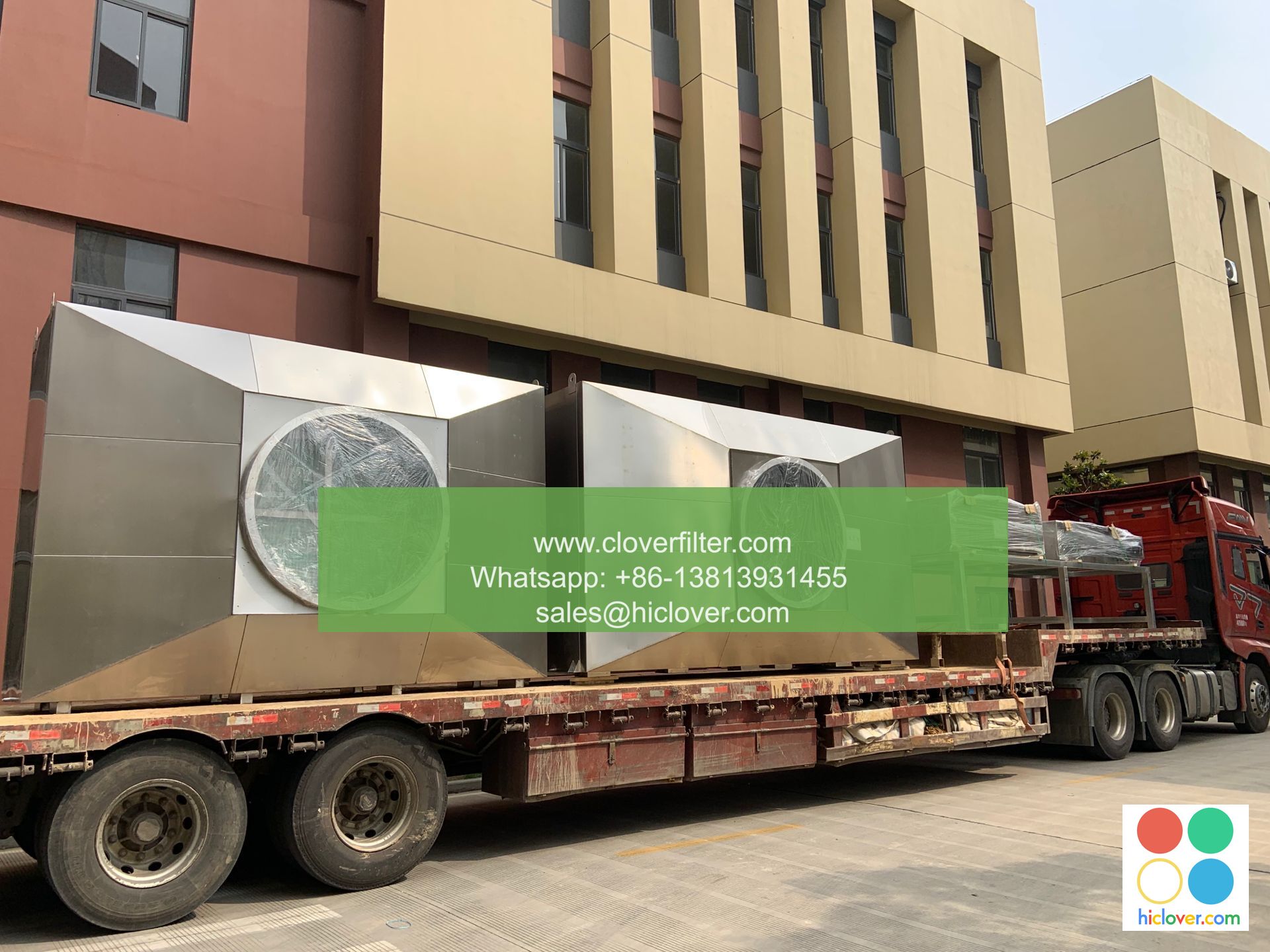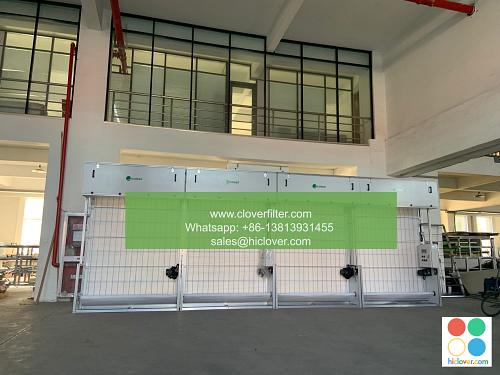How to Check Your Air Filter’s Airflow and Resistance

Regular checking of your air filter’s airflow and resistance is crucial to ensure the optimum performance of your HVAC system, improved indoor air quality, and energy efficiency. In this article, we will discuss the steps to check your air filter’s airflow and resistance, and highlight various application areas where this is particularly important.
Why Check Air Filter’s Airflow and Resistance?
Checking your air filter’s airflow and resistance helps to identify any blockages or restrictions that may be affecting the airflow rate and pressure drop across the filter. This is essential in industrial ventilation systems, commercial HVAC systems, and residential air conditioning systems where clean air and energy efficiency are critical.
Tools Needed to Check Air Filter’s Airflow and Resistance
To check your air filter’s airflow and resistance, you will need the following tools:
– Anemometer to measure air velocity and airflow rate
– Manometer to measure pressure drop across the filter
– Stopwatch to measure the time it takes for the air to flow through the filter
Step-by-Step Guide to Check Air Filter’s Airflow and Resistance
Here’s a step-by-step guide to check your air filter’s airflow and resistance:
1. Turn off the HVAC system and isolate the air filter from the rest of the system.
2. Use an anemometer to measure the air velocity and airflow rate at the inlet and outlet of the air filter.
3. Use a manometer to measure the pressure drop across the air filter.
4. Record the time it takes for the air to flow through the filter using a stopwatch.
5. Compare the measured values with the manufacturer’s specifications to determine if the air filter is functioning correctly.
Application Areas
Checking air filter’s airflow and resistance is crucial in various application areas, including:
– Industrial ventilation systems where clean air and high airflow rates are essential.
– Commercial HVAC systems where energy efficiency and indoor air quality are critical.
– Residential air conditioning systems where comfort and energy efficiency are important.
– Cleanrooms and laboratories where ultra-clean air and precise control of airflow and pressure are required.
– Pharmaceutical and food processing industries where high-quality air and strict control of contamination are essential.
Conclusion
In conclusion, regular checking of your air filter’s airflow and resistance is vital to ensure the optimum performance of your HVAC system, improved indoor air quality, and energy efficiency. By following the steps outlined in this article and using the right tools, you can measure and evaluate the airflow and resistance of your air filter and ensure that it is functioning correctly in various application areas. It seems like you’re ready to get started, but I don’t see a specific prompt or question from you. Could you please provide more details or clarify what you’re looking for? Whether it’s information on a particular topic, help with a problem, or just a conversation, I’m here to assist you!

